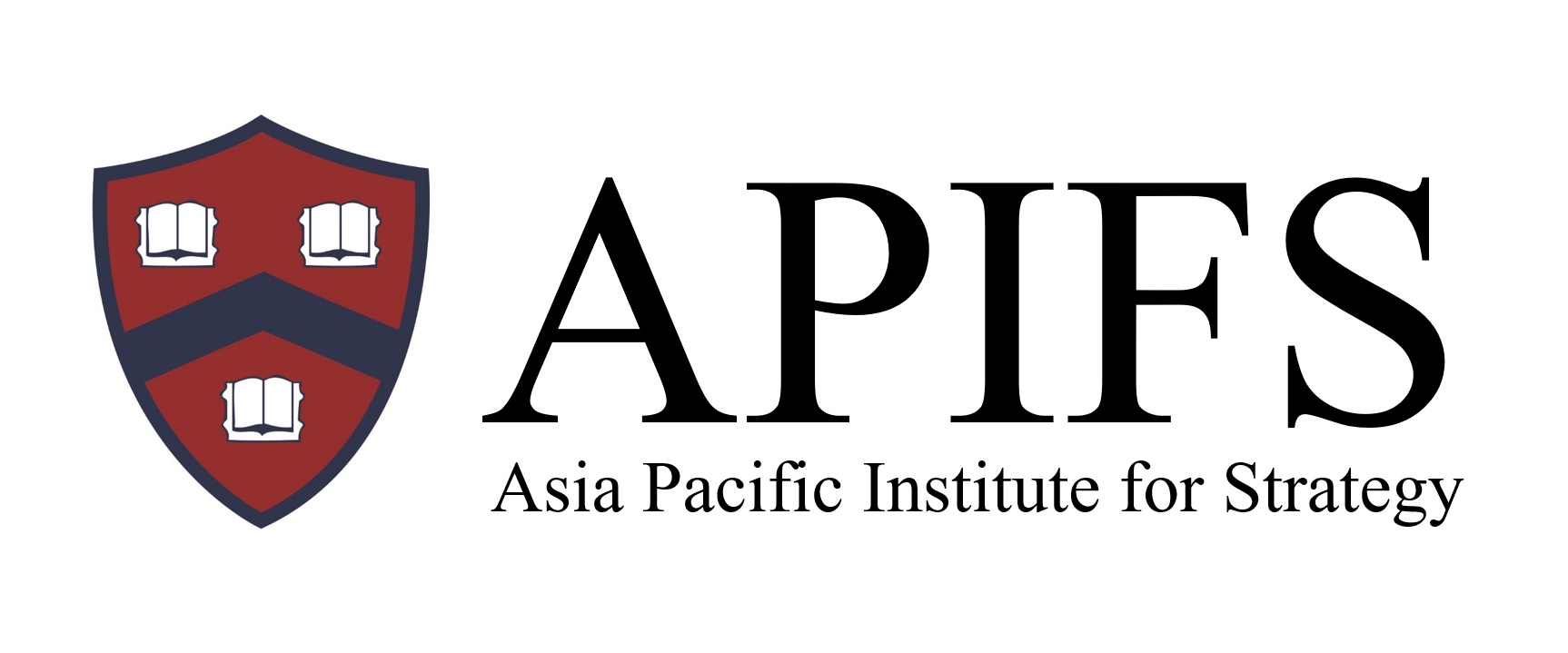[Greater Bay Area] Industry Clusters for Global Innovation
Moderator: Mr. Kent Wong
- Managing Director, Chow Tai Fook Jewellery Group Co., Ltd.
Guest: Dr. Mark Lee
- Research Director, Asia Pacific Institute for Strategy
Overview
- Dr. Lee shared the origin of the Bay Area, the formation and value of industrial clusters, and the strategic opportunities of the jewelry industry in the Greater Bay Area.
- Mr. Wong combined with years of experience in the jewelry industry to make insights into the future of the industry.
Highlights
1. Global Innovation Centers
- Bay Area System: Typical overseas Bay Area systems include Silicon Valley in the Science and Technology Bay Area, New York in the Financial and Political Bay Area, etc. A large economic system is created near a Gulf Coast.
- Urban development process: In the first stage, the countryside enters the city; in the second stage, there are many small cities around the city, turning into a simple network; people and knowledge converge, and the more they converge, the more productivity is increased. Technology continues to increase, forming a larger spider web, which continues to circulate. The third stage gradually revolves around certain industries, forming industrial clusters.
- Cluster is like an onion. Many industries revolve around core capabilities. The convergence speed of capital, talents, information, and logistics is more advantageous than any other place in the world to do the same industry, and finally reach the world's strongest.
- Industry clusters are not necessarily in the Bay Area. For example, fashion. You will definitely think of Milan and Paris. They form industry clusters. In addition to good designers, there are also reviewers, lawyers, and industry protection.
- The cluster is actually an innovation center, forming a cluster effect.
- The mainland has an industrial advantage in supply, and it also has a population of 1.4 billion. However, Hong Kong has a natural advantage. It can fly to half of the world’s population within 6 hours, including India, Japan, Singapore, etc., in terms of supply and demand. Form a strong cluster.
- Hong Kong can use the technology of the Shenzhen Greater Bay Area and the demand characteristics of Southeast Asia to make the supply chain and update cycle of products faster and iterate continuously to form an innovation center. Hong Kong can dispatch the supply of the entire Bay Area to meet the needs of Southeast Asia or larger customers.
- The Chinese have entered the stage of pursuing taste and have their own characteristics. They are no longer just pursuing overseas tastes, but integrating Chinese and Western cultures, which has a specific role in promoting the entire jewelry industry.
- First, the industrial cluster is actually an onion effect, and the resources obtained near the industry may not necessarily be your industrial resources; second, the industrial cluster is not just production, there are more professionals, etc.; third, high requirements are required Of customers, China’s 1.4 billion population, plus Southeast Asia’s population with unique tastes.
- Because there are requirements, innovation will be driven, and innovation is forced.
- The jewellery industry has the basic conditions and advantages of industrial clusters, and the world's raw materials import and export trade amounts to 150 billion. In Hong Kong, there are multiple rice shops in jewellery stores with retail sales of nearly 100 billion. In addition, finance can support us in exporting more than 40 billion yuan a year to the United States.
- Hong Kong jewellery is mostly manufactured in Panyu and Shunde, with a very strong manufacturing industry. Domestic sales account for 600 to 700 billion of retail value a year, and 70% are mainly manufactured and wholesaled in Shenzhen. Many services are needed: finance, packaging, technology, etc.
- In the jewelry industry, we have hardware advantages and supply chain advantages. We must emphasize culture and educate customers. Keep trying in all aspects, working as a laboratory together, and gaining growth through innovation.
- In addition to high-quality and low-cost supplies, we must continue to educate customers and learn from them, because human needs are closely related to the characteristics of his life.
- The "two-wheel drive" industry cluster: in terms of supply, it combines artificial intelligence, industry 4.0, and industry 4.0; in terms of demand, it constantly does experiments, is curious about customers, and thinks about how to use jewelry culture to enrich the truth, goodness and beauty of life.
Related Articles:
[Leadership, Innovation and Strategy in Automotive Industry] Who Are Our Customers?[Green Strategy] The Earth Caught a Cold:Challenges of Running Green Businesses
[Change Management] What can we do to face the challenges of the New Normal?
[CFO Strategy]How to prepare for a new round of pandemic as soon as possible?
[Crisis Management ] Deal Terms Renegotiation: Investment Agreement is a Prenup?
[Stanford University Graduates Partnership] How to build a hundred-billion-dollar enterprise
[Crisis Management for the Pandemic]Portfolio Management and Best Practice: The Rule of 30%
[Asset Management for the Pandemic] Real Estate Investment Philosophy in Disrupted Times
[Change Mgt for the Pandemic] 6 Tactics and Pitfalls to Win People's Hearts to Change Effectively
[Crisis Management for the Pandemic]Trend and Crisis Management:The Worst of Time, The Best of Time
《Tai Hing 3.0》Foreword by Dr. Mark Lee:Upgraded Strategy, Advanced Enterprise
[CEO Insights]Crystal Interview:Management Philosophy for an Enterprise from Zero to Billions
[CEO Coaching]Octopus Interview: Innovative Thinking Strategy
[CEO Coaching]BEA Interview: Development Opportunities for Hong Kong Banking Industry
[CEO Coaching]Pfizer Hong Kong Exclusive Interview:What makes a successful enterprise?
[CEO Coaching]Ericsson (HK) Limited Interview:Would Hong Kong lose its competitive edge in 5G era?
Australia: +61 3 9015 4991
Singapore: +65 6850 5067
Hong Kong: +852 3970 1828
Email: cs@apifs.net
Asia Pacific Institute for Strategy (C) 2025
